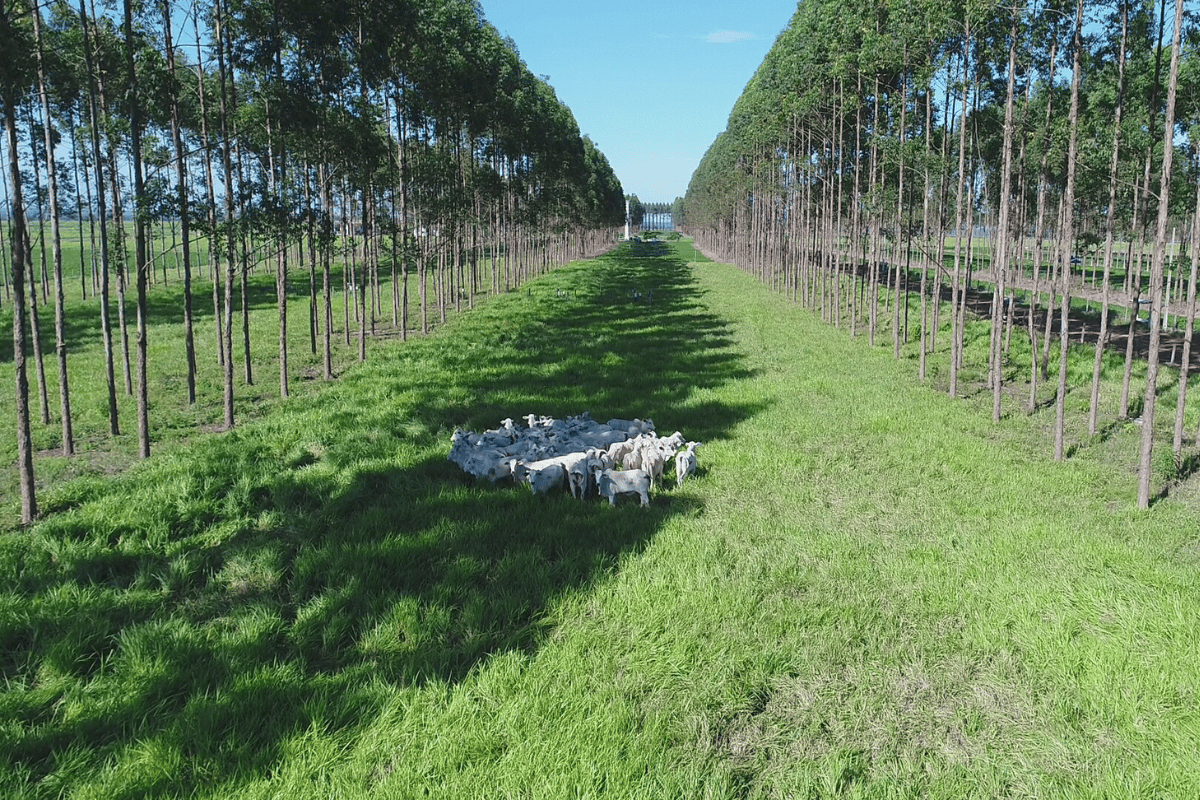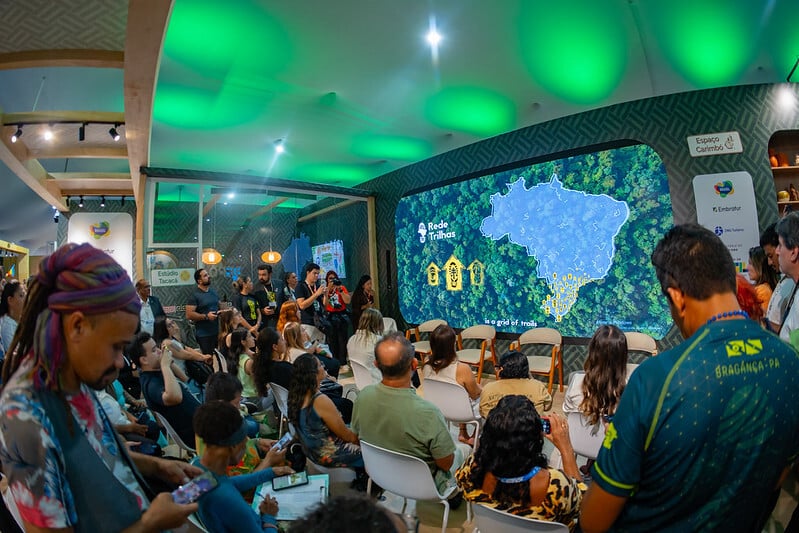FROM SINOP, MATO GROSSO
Forging a path to recuperate Brazil’s degraded pastures

Regenerative livestock farming adds carefully selected tree species to absorb carbon, provide shade and produce timber. Photo: Embrapa
Brazil is home to more cattle than people — and as the world’s top beef exporter and second-largest producer, its livestock sector is a major source of greenhouse gas emissions, driven by methane from animals and relentless deforestation.
But scientists at Embrapa, the country’s state-run agricultural research agency, believe they’ve found a way to make raising cattle far less damaging to the environment.
For over a decade, researchers at Embrapa’s unit in Sinop, in the agricultural heartland of Mato Grosso state, have been testing what they call the world’s largest experiment in regenerative livestock farming. By integrating cattle grazing with crop production and forestry — a method known as integrated crop-livestock-forestry (ICLF) — they aim to restore degraded pastures, increase yields, and offset the sector’s carbon footprint.
First launched in 2011, the project has just concluded its initial research cycle. Experiments were carried out on Embrapa’s farms and in partnership with local producers to simulate real-world conditions. The approach involves rotating crops and livestock on the same land, while adding carefully selected tree species to absorb carbon, provide shade and produce timber.

🔒 This was a free preview; the rest is behind our paywall
Don’t miss out! Upgrade to unlock full access. The process takes only seconds with Apple Pay or Stripe. Become a member.

Why you should subscribe
We’re here for readers who want to truly understand Brazil and Latin America — a region too often ignored or misrepresented by the international media.
Since 2017, our reporting has been powered by paid subscribers. They’re the reason we can keep a full-time team of 10 journalists across Brazil and Argentina, delivering sharp, independent coverage every day.
If you value our work, subscribing is the best way to keep it going — and growing.
Our annual plan goes for just USD 0.52 a day — but the value you'll get back from it is truly immeasurable. So… what’s stopping you from joining right now?










